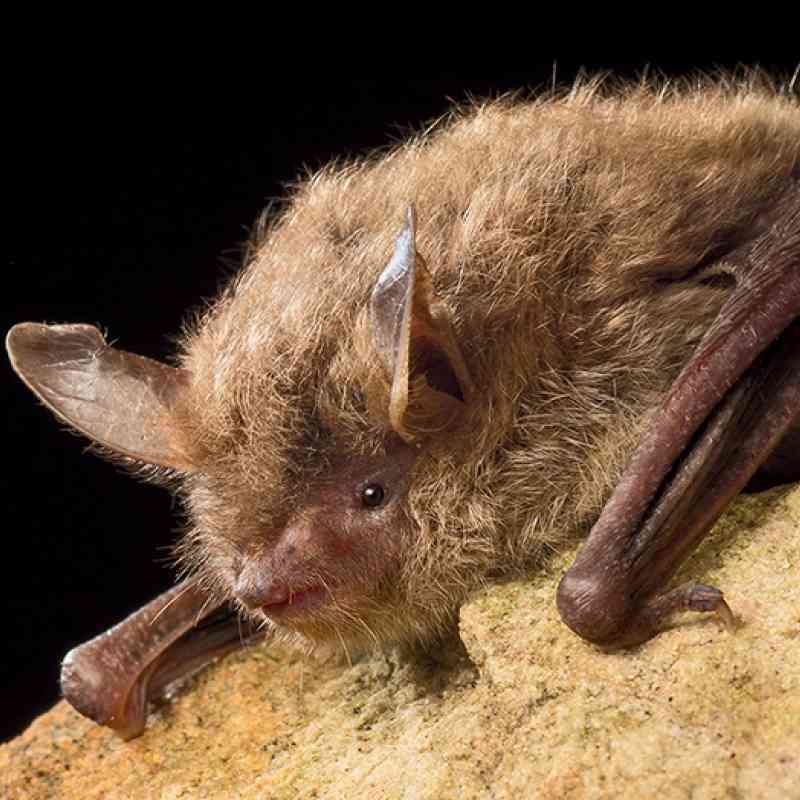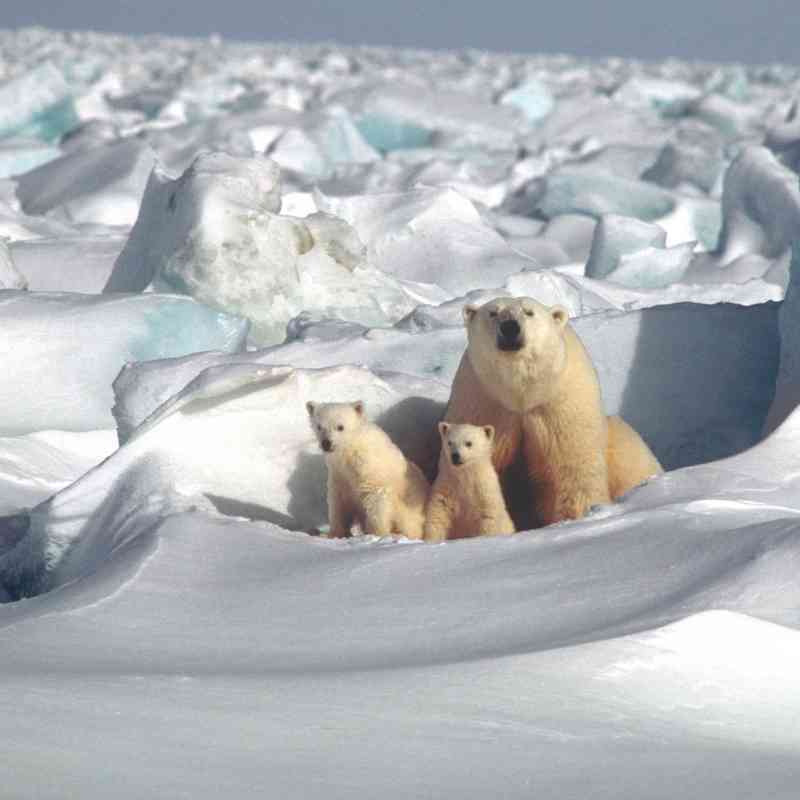National Academy of Sciences provides guidance to protect wildlife from harmful pesticides
Report leaves budgetary, political challenges unresolved
WASHINGTON (April 30, 2013) – The National Academy of Sciences released today a report addressing scientific questions related to the impacts of pesticides on wildlife. The report will help guide the Environmental Protection Agency (EPA), the U.S. Fish & Wildlife Service (USFWS) and National Marine Fisheries Service (NMFS) to better protect imperiled species under the Endangered Species Act.
The following is a statement from Jamie Rappaport Clark, president of Defenders of Wildlife:
“The National Academy of Science has reached a major milestone with this report, but a lot of hard work remains. The report does a thorough job of addressing scientific questions, but was never intended to resolve the difficult budgetary, political and policy issues that continue to challenge the pesticide registration and consultation programs. We urge EPA, USFWS and NMFS to continue working together to tackle these remaining significant challenges.
“All three agencies deserve a lot of credit for requesting this important study, which will help guide the development of policies designed to prevent pesticide use from undermining wildlife conservation efforts. However, the process for evaluating the safety of pesticides needs to be open and transparent. When in doubt, the agencies should err on the side of caution instead of waiting to respond after endangered species are irreparably harmed. Species like Pacific salmon and steelhead have languished for far too long as the result of consultations that were delayed for years. Federal agencies still need to work collaboratively with industry and environmental groups to find better solutions that protect both people and wildlife from pesticides.”
###
Links:
Read the NAS pesticide reportRead more about the implications of the report on Defenders’ experts blog
Learn more about the EPA’s pesticide consultation process
Defenders of Wildlife is dedicated to the protection of all native animals and plants in their natural communities. With more than 1 million members and activists, Defenders of Wildlife is a leading advocate for innovative solutions to safeguard our wildlife heritage for generations to come. For more information, visit www.defenders.organd follow us on Twitter @DefendersNews.
Defenders of Wildlife is celebrating 75 years of protecting all native animals and plants in their natural communities. With a nationwide network of nearly 2.2 million members and activists, Defenders of Wildlife is a leading advocate for innovative solutions to safeguard our wildlife heritage for generations to come. For more information, visit defenders.org/newsroom and follow us on Twitter @Defenders.

